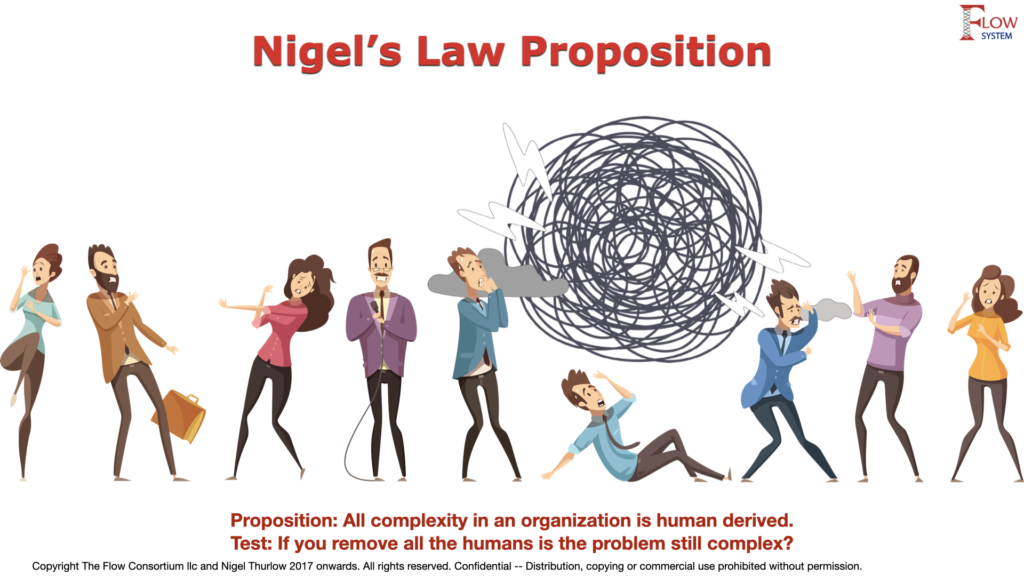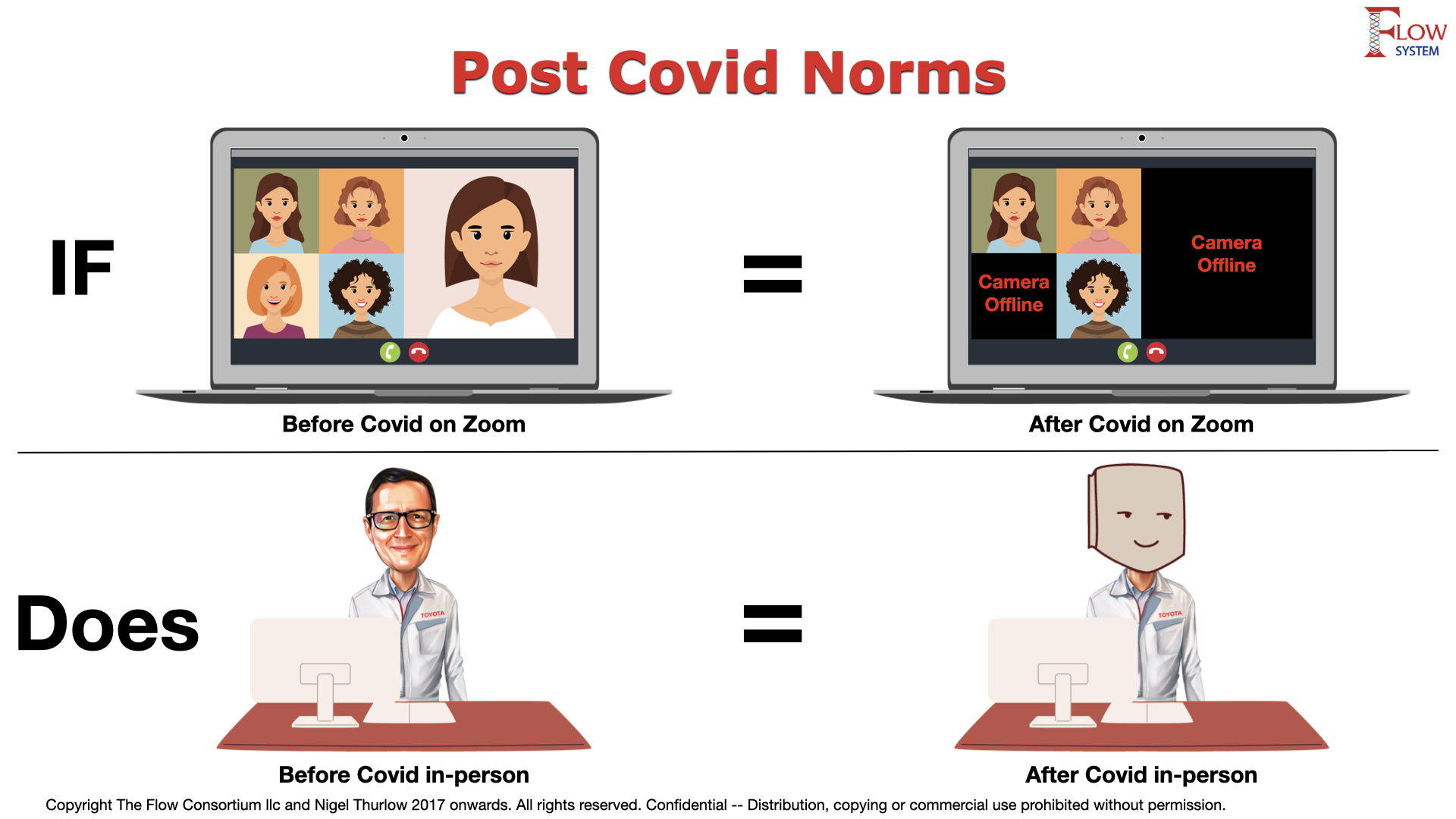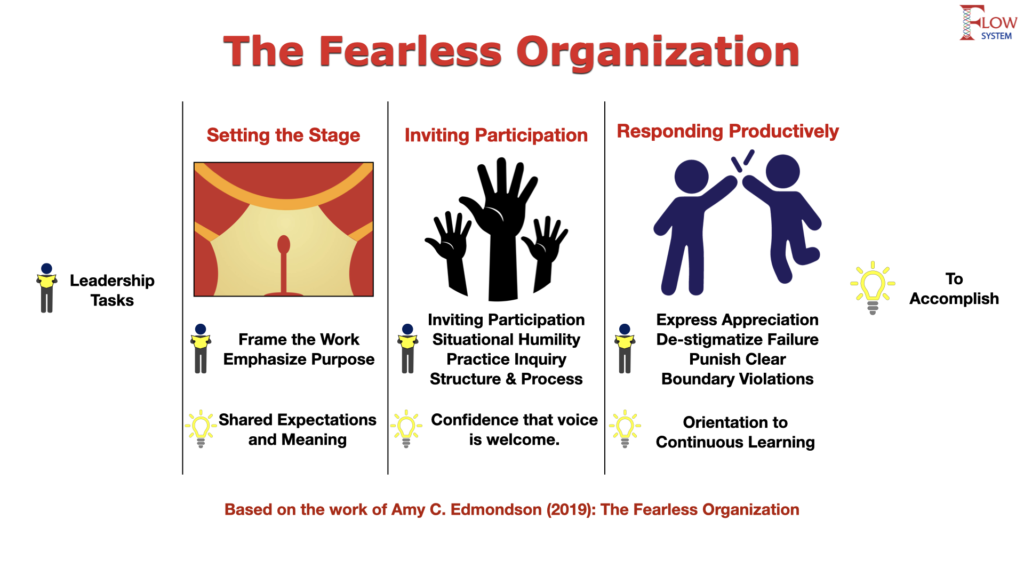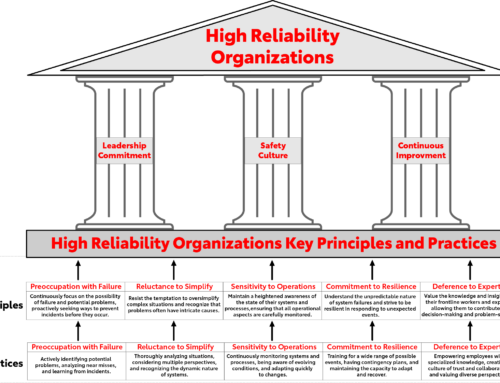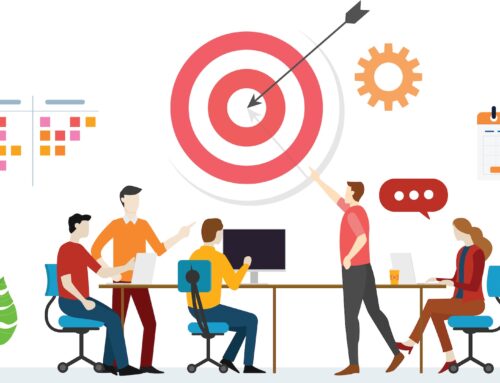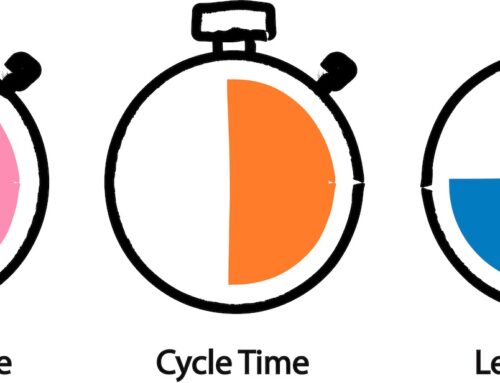Management Summary
I recently made a LinkedIn post that took on a very divisive and hairy topic, or at least it became such based on some feedback. We must be allowed to debate controversial topics if we are to evolve and improve. Clearly the topic upset some people. That was not my intent, but even I struggle to find the right language to avoid offending everyone, a thankless task this post addresses.
The topic was an individual’s choice about whether to use webcams in this new online and hybrid world of working from home or remotely. Certain remote workers seem to be refusing to turn on their webcams in meetings and other group sessions they are attending. They cite various and often nebulous reasons. In the post I raised the topic of someone citing a need not to be on camera which may have just been used as an excuse to avoid compliance.
It also highlighted the culture of fear in society that has emerged from the so named “Cancel Culture”. This has led to real fears being expressed by colleagues in the industry that they may be fired, or worse, if they say something that inadvertently “offends” someone. I linked this to the topic of “psychological safety” and how this culture of “being offended” is limiting or preventing psychological safety.
What the post revealed, based on the feedback and further research, is we have changed the “where” we work, and the “how’” we work, but we have failed to change the “what” we do and the “why” we do it.
Examples:
- The culture of shuffling between incessant meetings all day long, whether we contribute or not.
- The need to attend to be seen to be attending.
- Worried that if I don’t attend I will not be seen as a contributing member of staff.
- Being expected to “show up” or “lean in” to prove you are doing your job well enough to ensure you are rewarded with promotions or pay increases and bonuses etc.
- Teamwork on interdependent tasks requires different interactions than independent tasks. Hybrid working has muted informal interactions that occur naturally in the in person environment.
The company culture (the product of collective behaviors) needs to be addressed. You changed your operating model but you didn’t change your behaviors, or your expectations. You demand the same way of working as the in person model, but the environmental variables have changed significantly.
Questions:
- Do you need all those meetings?
- Do we need to be present if we have nothing to say, or are too busy doing work?
- Do we always need to be on camera or should we have a rule if you’re speaking/contributing you must have it on, but it’s ok to turn it off to pick your nose and get relief from Zoom fatigue?
- How do we enable effective teamwork on interdependent activity?
- How do we find a balance between preventing blatant bad behaviors and enabling a sense of reasonableness?
Then there’s the issue of anxiety by feeling you’re being spotlighted. It seems seeing your self view is off putting to some. People can actually turn off their self view. Did we explain how?
Key Takeaways
- We have changed how we do work but we have not adapted sufficiently to accommodate that change.
- The Cancel Culture is real and has become a weapon to attack anyone who says something you don’t like.
- Psychological Safety is being muted as a culture of fear is now stoked by the Cancel Culture.
- There are some clear bad behaviors that are nothing to do with being offended. They are just bad behaviors.
- Diversity, Equity, and Inclusion is being misused by some to manipulate the environment for personal advantage.
- Respect for People is bidirectional and is about taking responsibility and building mutual trust.
- We need to fix the system and not the people, but we must recognize sometimes it is the people.
- HR has a key role to play here and needs to step up and take ownership.

The Cancel Culture
I used an example of neurodivesity that drew some ire from at least one respondent, so much so he broke his professional LinkedIn connection to me. We’ve continued to have some dialog in private, but it forces me to address this. I address neurodivesity directly later on in this post.
In a world where saying anything will in someway offend someone, we find ourselves walking on eggshells terrified that we will be reprimanded, or worse lose our job, or maybe our career, and at the extreme be canceled and outcast as a pariah.
The Cancel culture is a phenomenon in which those who are deemed to have acted or spoken in an unacceptable manner are ostracized, boycotted or shunned. This shunning may extend to social or professional circles—whether on social media or in person—with most high-profile incidents involving celebrities. Those subject to this ostracism are said to have been “cancelled”. Wikipedia.
This has become a weapon to attack anyone who says something you don’t like. It’s not about you or they being right or wrong, it’s just about offending you. This is not acceptable anymore. This culture has to be banished.
Psychological Safety
The fact I made, to me at least, what appears to be an innocuous comment, but that resulted in being rapidly rejected by a peer, is a clear example of this phenomenon. At best he fell out with me and chose to dissociate with me. At worst he could use his social media influence to adversely affect and impact me. I don’t think he will do that, but it shows the fear present in the workplace that is significantly impacting our abilities to engage in valuable discourse, without which, innovation and creativity is stifled.
Psychological Safety is described in the Flow Guide thus: “Psychologically safe environments are where team members or employees can freely express their opinions and ask questions without being ridiculed or reprimanded. The best descriptor is that team members and employees are free to be candid [1] as long as their views and criticisms remain professional. Psychological safety eliminates a culture of fear”.
[1] Edmondson, A.C., the fearless organization: Creating psychological safety in the workplace for learning, innovation, and growth. 2019, Hoboken, NJ: Wiley.
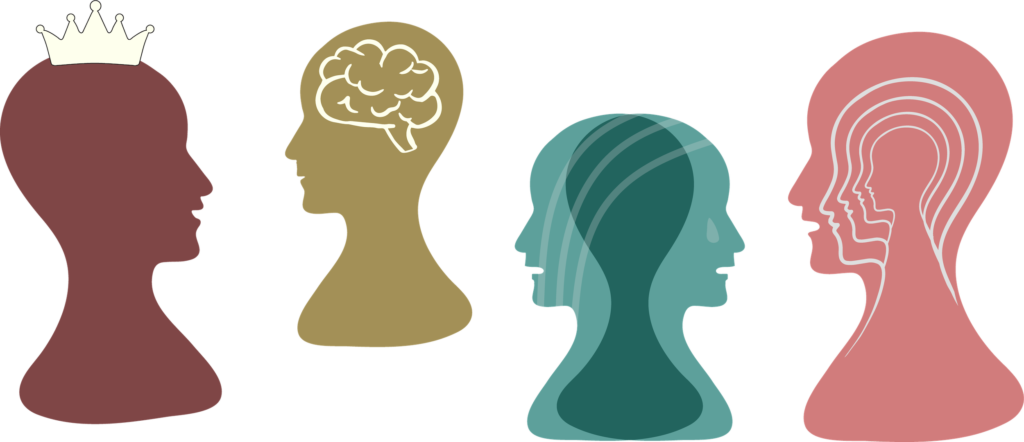
Neurodiversity
In the example I used, taken from a close and trusted colleague, a number of people chose NOT to turn on their cameras in a training session my colleague was delivering, despite being asked to do so as a mark of respect, and so my colleague could see their reactions and engage them in interaction. One person cited neurodiversity as a reason that people felt anxiety using their cameras.
“Neurodiversity” is a word used to explain the unique ways people’s brains work. While everyone’s brain develops similarly, no two brains function just alike. Being neurodivergent means having a brain that works differently from the average or “neurotypical” person. Cleveland Clinic
This is a condition described as non-medical but which may affect people whose brains work differently to neurotypical people. The term “neurodivergent” came from the related term “neurodiversity.” Judy Singer, an Australian sociologist, coined the word “neurodiversity” in 1998 to recognize that everyone’s brain develops in a unique way. Cleveland Clinic
Special Needs
Wherever there is disability or special needs we MUST, and do, make accommodations. In the example I cited no special requests for such accommodations had been made prior to the session, and no known special needs pre existed prior to the training session. This does not mean they were not present, and may have not been previously declared, but in this culture of “don’t you dare offend me” the ability to challenge anyone has been significantly constrained. This was my link to the “Cancel Culture” and “Psychological Safety”. If it was tenuous then I stand corrected.
I need to be abundantly clear here as some commentators may use this to attack me. Yes, even I have to consider that, such is the climate of offense. If a person or a group of people have special needs that need to be accommodated then they MUST be accommodated without question. However, there is an onus on those that seek support to actually ask for it. I do not know by looking at you what kind support or special accommodation you might need. This is NOT to single you out and make you uncomfortable. There are many ways for you to discreetly communicate and alert me to your needs to ensure I support them effectively.
If you come to a meeting where the use of a webcam challenges you to engage effectively I need to know before we are in session, and before I ask you to comply. This avoids making the whole event awkward for you or I and our colleagues, and it ensures I do not step over that offense line.
If you have a special accommodation please make it known to me, or through the appropriate Human Resources channels. I am not a medically trained professional or a mind reader. I am am just someone trying to do my job.
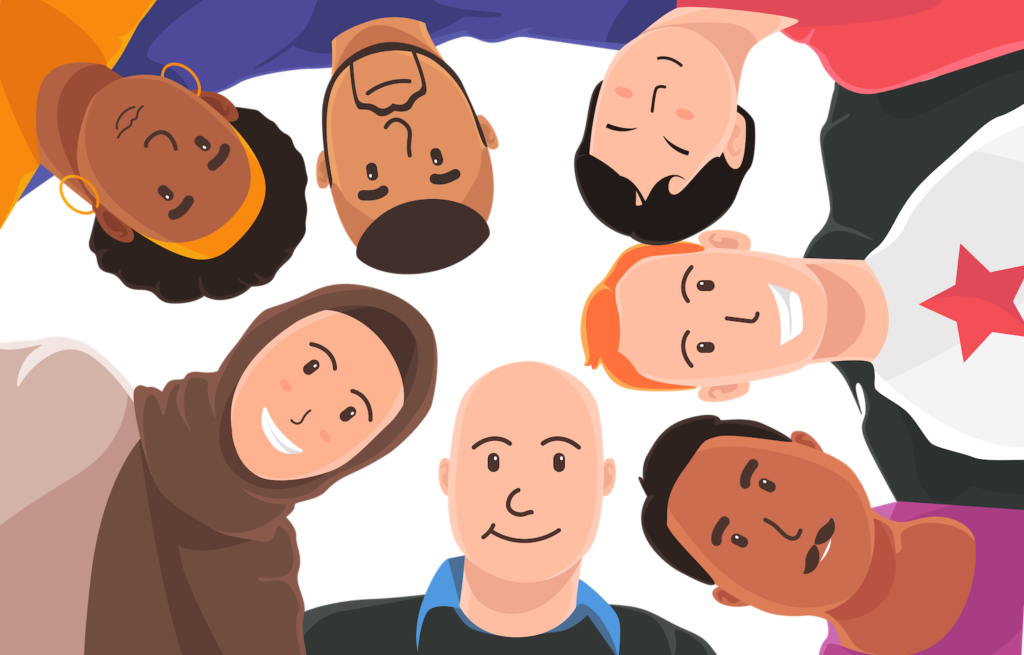
Diversity, Equity, and Inclusion (DE&I)
DE&I is any policy or practice designed to make people of various backgrounds feel welcome and ensure they have support to perform to the fullest of their abilities in the workplace. Diversity refers to the presence of differences within a given setting; in the workplace, that may mean differences in race, ethnicity, gender, gender identity, sexual orientation, age and socioeconomic background. Equity is the act of ensuring that processes and programs are impartial, fair and provide equal possible outcomes for every individual. Inclusion is the practice of making people feel a sense of belonging at work.
I completely and unreservedly 100% support every word of this without quibble. We are seeing instances where Diversity, Equity, and Inclusion is being misused by some to manipulate the environment for personal advantage. A way of avoiding compliance or reasonable requests to engage. The fear of offending or far worse is preventing us from being as effective as we could be.
Ironically even I am in a protected category I discovered while doing research. I am over 40. Anyone over 40 has a protected characteristic.
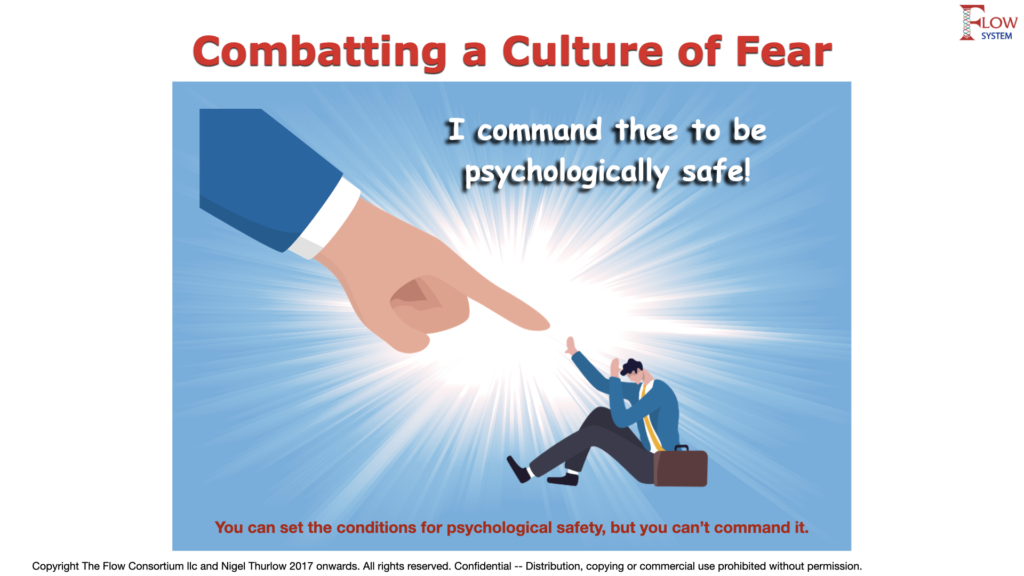
Culture of Fear
The fear of being ostracized or worse is real. It exists. Even before social media evolved and gave it a term this fear was present. It has since been amplified by the rhetoric on social platforms, often inflamed by politicians and others with prominent profiles. We need countermeasures to this.
Looking at the definition from Prof. Edmondson we can see that people need to be able to “freely express their opinions and ask questions without being ridiculed or reprimanded”. In this current climate of potentially “offending” people, we are all now watching everything we say lest we fall foul of some edict and are cast out.
A culture of fear exists anywhere you are not free to respond for fear of repercussions. However, it does not give us the right to be abusive or discriminatory.

Offence and Offense
When examining the word “offense” also spelled “offence” when used in the context we are examining it is a noun that means “annoyance or resentment brought about by a perceived insult to, or disregard for, oneself or one’s standards or principles”.
The key word there is “perceived”. Like the concept of value it seems to be nebulous (unclear, vague, or ill-defined). It is a perception from the lens of the viewer or recipient.
Perceived is a verb: interpret or look on (someone or something) in a particular way. And Interpret is also a verb: understand (an action, mood, or way of behaving) as having a particular meaning or significance.
The key here is that we are talking about another individuals personal perception and feelings and not necessarily a breach of codes or standards. Just because you don’t like what was said, doesn’t make it wrong. You can protest your offense but it does not necessarily mean there has been a breach of ethics or code. Your behavior may indeed offend others, yet you see it as perfectly fine. This is the problem with perception and the danger when it becomes the fuel for the mob.
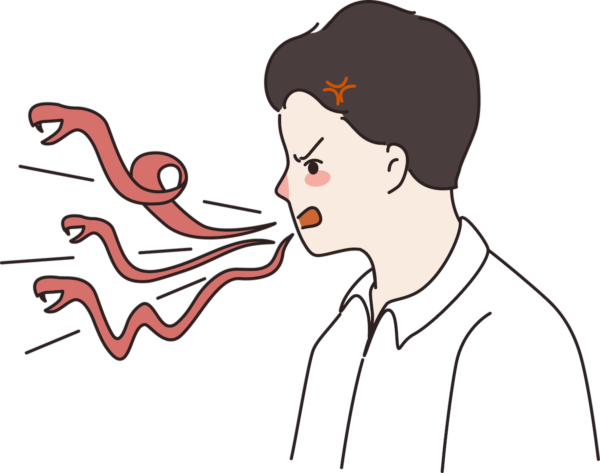
Ad Hominem Attacks
One argument often proffered is that of Ad Hominem. Ad hominem attacks can take the form of overtly attacking somebody, or more subtly casting doubt on their character or personal attributes as a way to discredit their argument. The result of an “ad hom” attack can be to undermine someone’s case without actually having to engage with it. You attack the person rather than the attack the idea.
Contrary to popular belief, merely insulting someone is not a fallacious ad hominem. A character attack is only considered a fallacious ad hominem if it is used in exchange for a genuine argument. Therefore, if you argue the proposition being presented, and then call the person a name, it may be ignorant or rude, but it is not an ad hominem attack.
An example taken from Wikipedia of a real ad hom attack would be: After Sally presents an eloquent and compelling case for a more equitable taxation system, Sam asks the audience whether we should believe anything from a woman who isn’t married, was once arrested, and smells a bit weird.
Other Ad Hom Scenarios:
Pure abuse: “B” says of an opponent “A”, “You are a moron”. In this case, there is no argument, only abuse.
Fallacious: A makes an argument, B responds with “You are a moron and you are also ugly, you cannot possibly be correct”. B has not offered a genuine response or argument, only abuse – this is fallacious.
Non-Fallacious: A makes an argument, B responds with “(Genuine refutation of A’s argument), also you are a moron”.
While potentially childish, B has genuinely offered a response to A’s argument and has just bolted on an insult. This is not fallacious, as an insult or character attack was not exchanged for an argument; rather one was provided alongside of an argument.
Ad Hom is different than the “Cancel Culture” but is often used as a reason to cancel, or try to cancel someone. You don’t like my opinion so you cancel me (block and ignore and encourage others to do the same).
Note: To only accept feedback (good or bad) from those that support your arguments is to create a cult following. It’s not leadership.

Blatant Bad Behaviors
Social media profiles are mostly public. When viewing the profiles of some people who object to being on camera it seems their shyness is limited to being seen by work colleagues. Their use of selfie mode and apps such as FaceTime are not encumbered by this workplace shyness.
I have personally uncovered outsource partners, who were supposed to be providing named and dedicated resources, refusing to be seen on camera as they were found to be working on other tasks not associated with the contracts they had signed. I have on more than one occasion for more than one client discovered this and had to reveal it. It exists and it is prevalent.
I have also uncovered and revealed the practice of phone interviews where the person being interviewed is not the same person who shows up to do the work. An expert takes the call and then the partner substitutes the expert for another resource. The expert was presented purely to secure the position. I caught this with one global vendor when I insisted we flew the person in for a face to face interview. The person that turned up spoke completely differently and was unable to repeat the answers to the questions posed on the phone.
We also find resource substitutions occurring, often when the partner decides to move the now skilled resource to another contract, and backfilling our contract with someone else. As we have never spoken to them or seen them we often don’t detect this until the work or quality degrades. Only after probing does the vendor admit to this behavior.
There are even videos where “culture coaches” are teaching you “How to Fake Being On-Camera for Zoom Classes and Meetings“. I am without words. Is this how to educate our people?
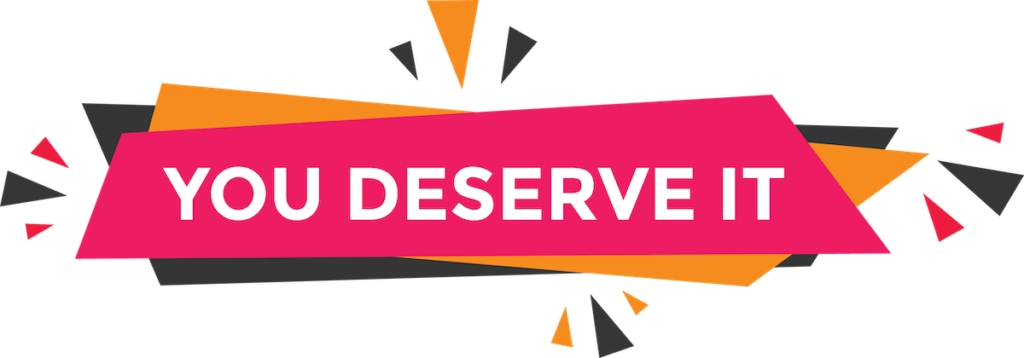
Entitlement
And then there’s still the entitlement issue. “I demand to work from home and I’ll choose when or if I turn on my camera.” Seems the culture coach on YouTube encourages this behavior.
We must remember that remote working was an emergency measure to save jobs and companies when Covid caused a catastrophic disruption to all our lives. Most contracts of employment didn’t permit or enable remote working prior to this. It was a countermeasure. You are among the fortunate if your job survived. Now when you are asked to return to the office you refuse even though your contract did not change. Some people have chosen to leave and migrate to other employers (the so called “great resignation”). Some employers found that remote working functions well and have made it permanent, while others have adopted a hybrid approach as a balance. At the end of the day it is the employer’s choice and discretion, and yours to choose to remain employed by them.
The point I am making here is that you work for the company. They don’t work for you. You asked them for a job. You agreed to fulfill the contract of employment and the duties and responsibilities asked of you. You agreed to do this in return for pay and benefits. You are now demanding new benefits and refusing to comply with reasonable requests. What gives?
A balanced approach is of course necessary, but we’re not arguing Victorian workhouses here! We are simply asking our people to fulfill their original job roles as defined when we made them an offer. We are not asking them anything unreasonable. If an accommodation has since manifested then HR will need to discuss that with you and decide how the company can best accommodate you under their legal and moral obligations. And if we allow you to continue to work remotely then the least you can do is TURN ON YOUR DAMN CAMERA.

Respect For People
As a Lean proponent I am often challenged with this phrase. It originates in Toyota as a key pillar in The Toyota Way. The original phrase from the Toyota Production System (TPS) is “Respect for Humanity” and is much more to do with giving back to society. I am told that we should respect the decision of the person on the Zoom/Teams call to not turn on their camera. Well, respect works both ways. Respect for the trainer as well as your colleagues who are visible.
The Toyota Way
The Toyota Way defines “Respect for People” thus: “We respect others, make every effort to understand each other, take responsibility and do our best to build mutual trust”. This is not a one way street!
Now the internal document does go on to talk much more about applying this to stakeholders, customers and many other parties. It also describes mutual trust as the relationship between the company and the team member (employee). Many commentators in the wild throw the respect for people phrase out there as a weapon to nullify any opinion that disagrees with a grievance. This is an incorrect interpretation of the Toyota Way pillar.
Toyota also describe “Challenge” in the Toyota Way. “We accept challenges with a creative spirit and the courage to realize our own dreams without losing drive or energy. We approach our work vigorously, with optimism and a sincere belief in the value of our contribution”. It continues “We strive to decide our own fate. We act with self-reliance, trusting in our own abilities. We accept responsibility for our conduct and for maintaining and improving the skills that enable us to produce added value.”
I cannot reproduce the whole document here as this article is already very long, but it is clearly illustrating that you have a duty to support your colleagues and to participate fully in creating value. You must contribute and and accept challenge. You are not a law unto yourself. If you are now a member of a team then your role has changed. You are not just an individual any more, you are part of a collective. Your behaviors need to demonstrate leadership. You are expected to collaborate and be fully supportive, and if that means being visible then you need to be visible.
Let me quote Mr. Spock here. “Logic clearly dictates that the needs of the many outweigh the needs of the few.” Captain Kirk then adds, “Or the one.” The Wrath of Khan 1982.
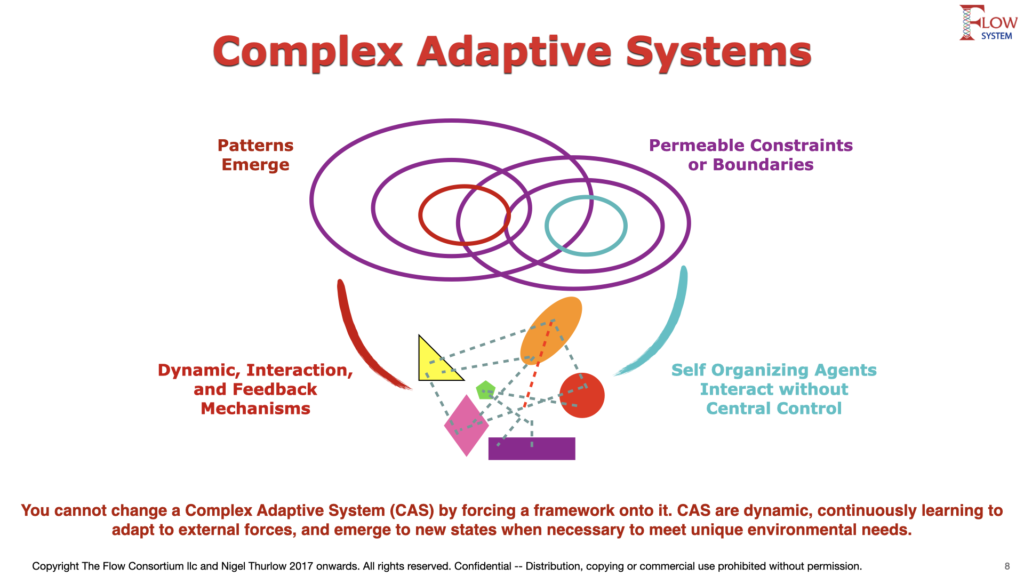
Blame the System
As a Lean proponent I am taught and teach never to blame the person but always the system. Yes, this is true. A bad system will always beat a strong person. Systems are created by people. In a closed and ordered system the elements are controllable. In an open system they are not. We are talking open systems here and more correctly a “Complex Adaptive System”.
From the Flow Guide “Complex adaptive systems (CAS) are dynamic, open, and self-organizing systems with permeable constraints or boundaries that interact with feedback mechanisms to become adaptive. Complex adaptive systems are dynamic, continuously learn to adapt to external forces, and emerge to new states when necessary to meet unique environmental needs. Several social systems have been described as being a complex adaptive system. For example, complex adaptive systems can include entrepreneurship, governments, organizations, teams, and even societies.”
Fixing the system is the preferred route, and in a company context this work falls to the feet of Human Resources, especially when it concerns human behaviors and interactions. I can tell you from personal conversations even HR directors are scared of the “don’t you dare offend me” culture.
You cannot root cause your way out of a CAS. They are irreducible. There is NO root cause unless you call for our mass extinction as the only solution. Climate change is another example of a CAS. If there were no humans maybe the climate would be fine?
What we need to do is to set boundaries of what is, and what is not, acceptable. The current boundaries, inhibiting constraints (rules and directives etc.) tend to favor the offended and not the accused offender. I witnessed the rapid demise of a colleague in another company summarily fired after many years as a Vice President due to a situation like this. Now, I was not there and only have one side of the story, but there is at least anecdotal evidence of people being summarily let go for what we would have seen as minor transgressions a decade ago. Is this progress, or is this fear driving decisions as even our senior executives are afraid of even the smallest public ridicule?
We have collectively slept walked into this societal change. It is having a detrimental impact on our daily working lives as well as our communities, extending into those we elect, even fueled by them. Everyone is now watching everything they say for fear of being demonized and cancelled.
The system is to blame, but we created the system, and we are people. Join the dots yourself.
Footnote
I proposed this a few years ago at a Lean conference in Poland. I wonder, is it validated yet? Just an idea.
